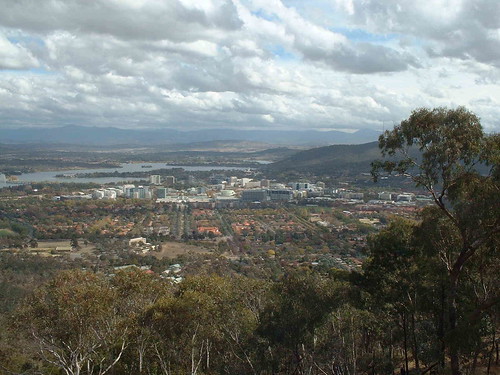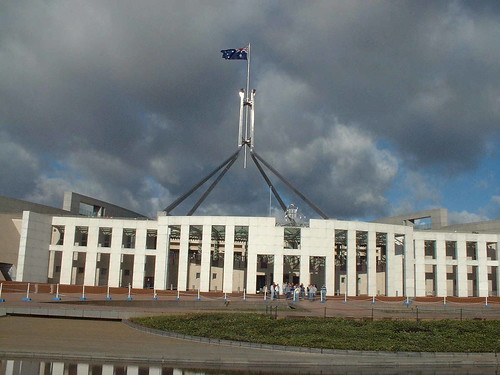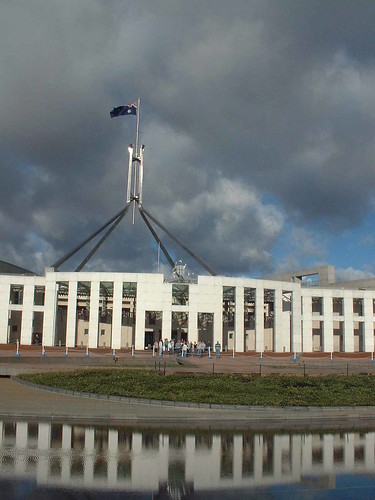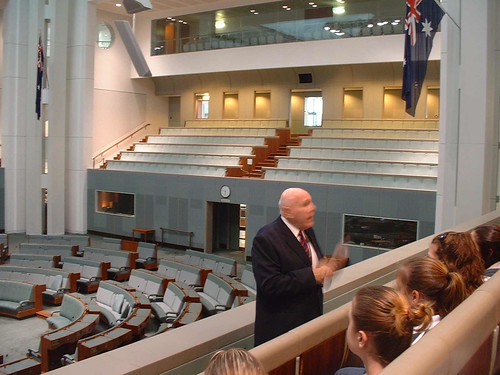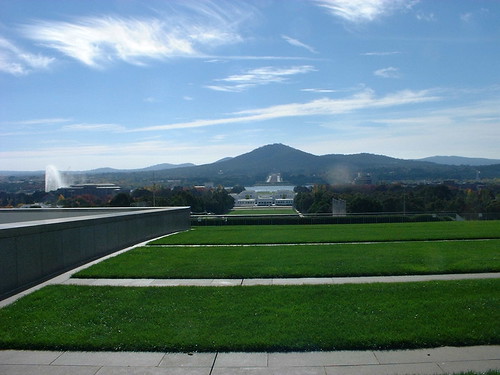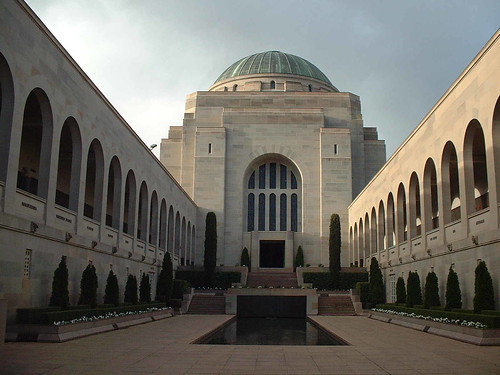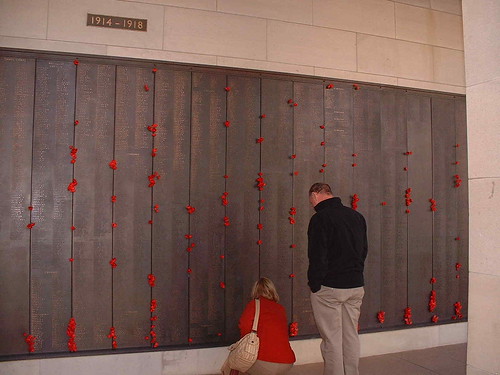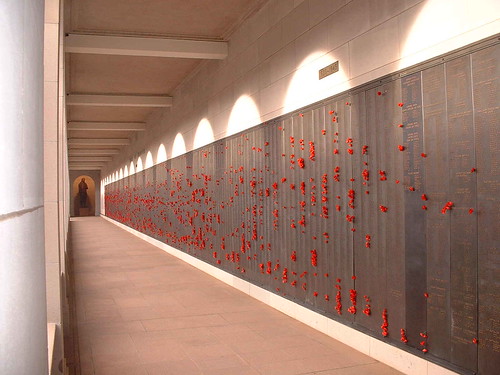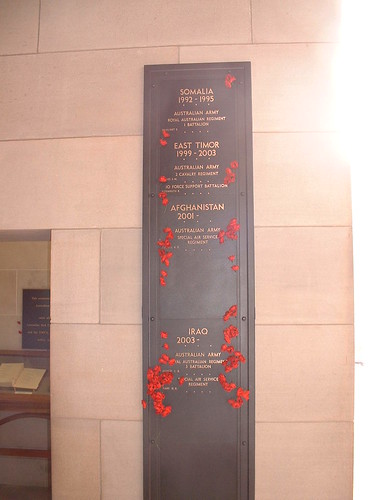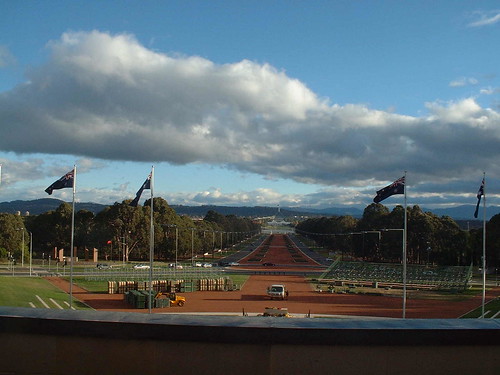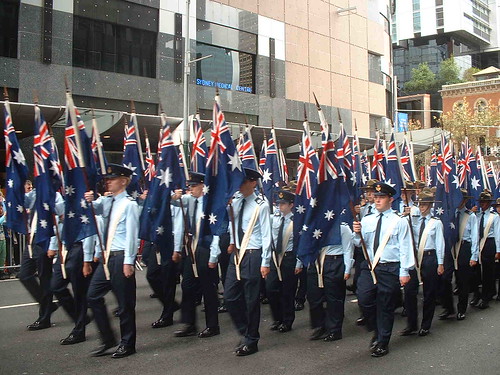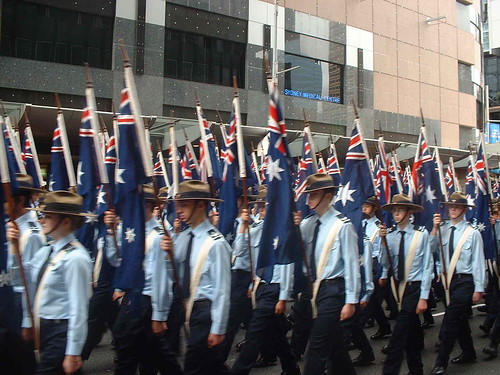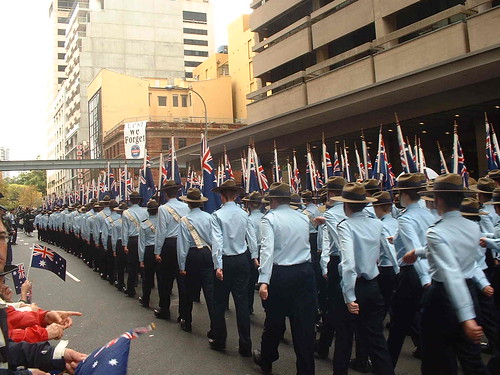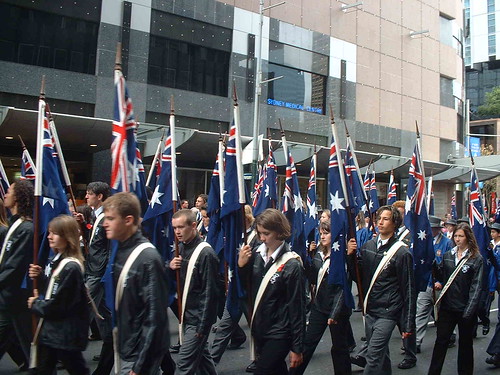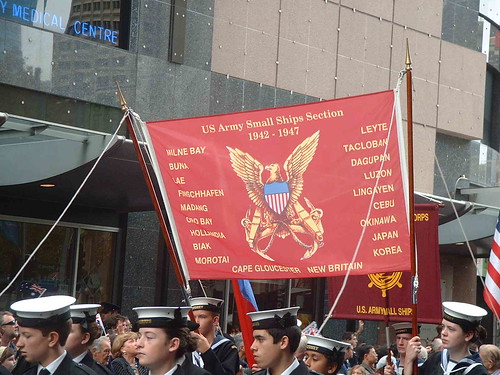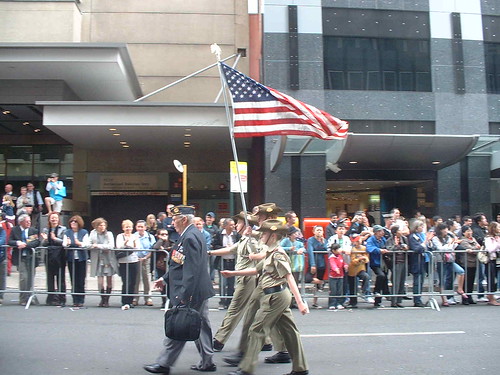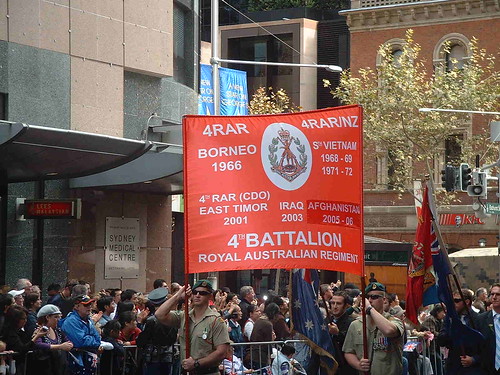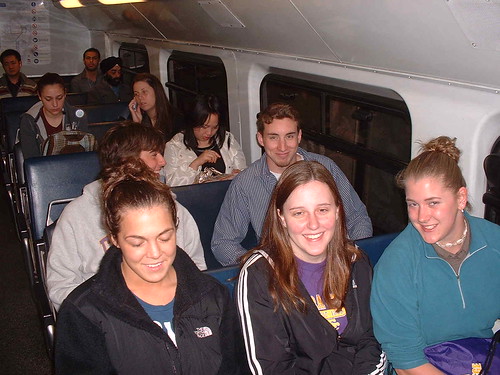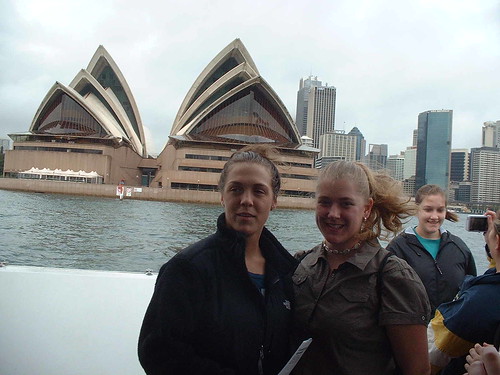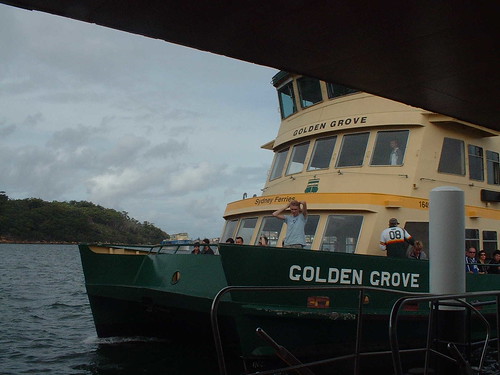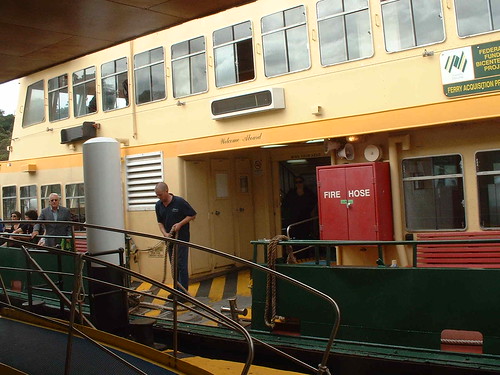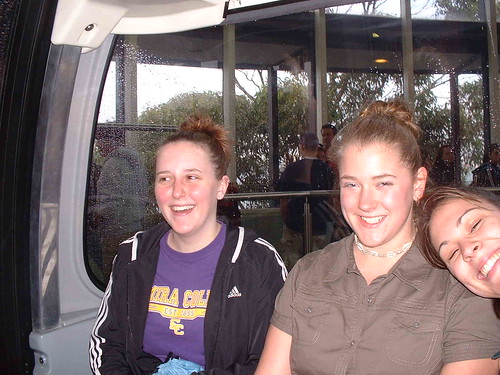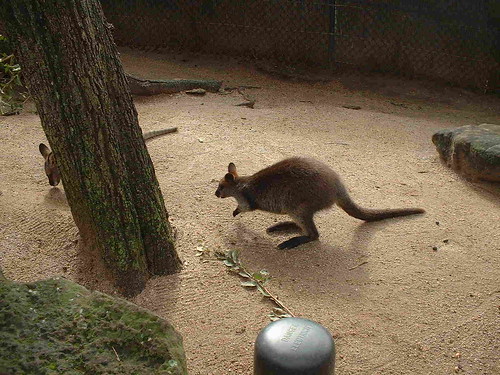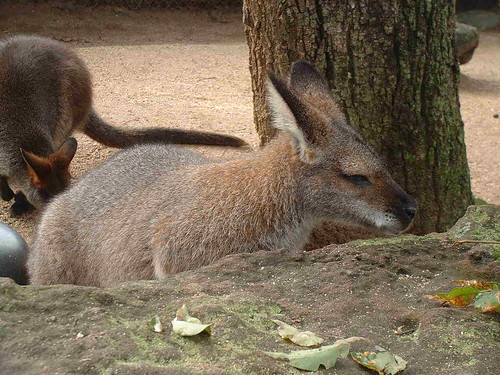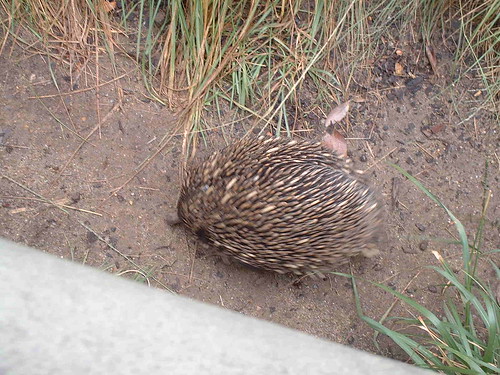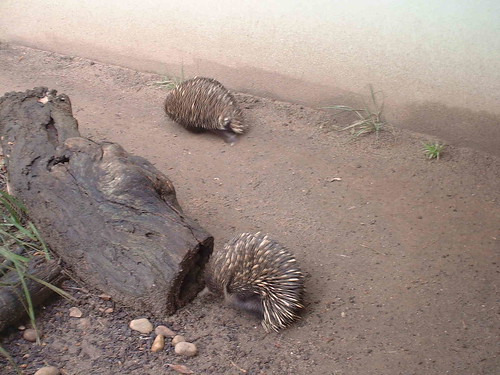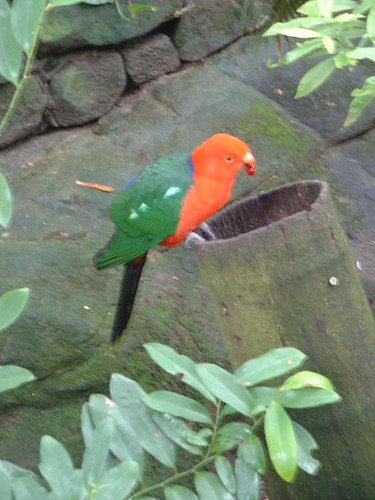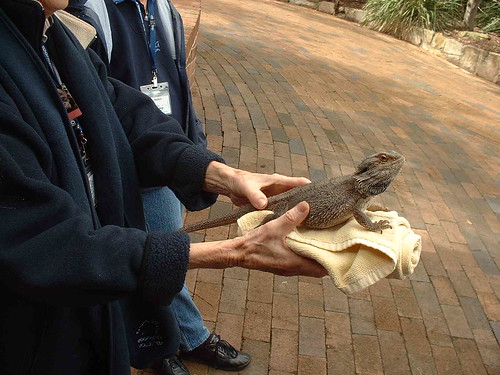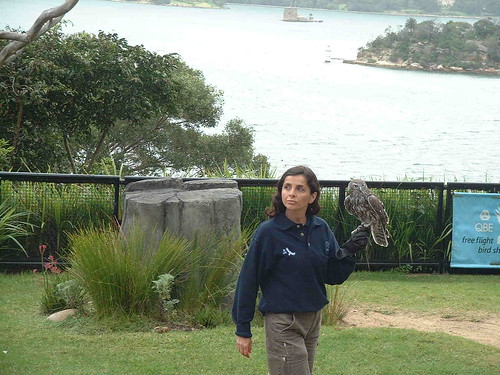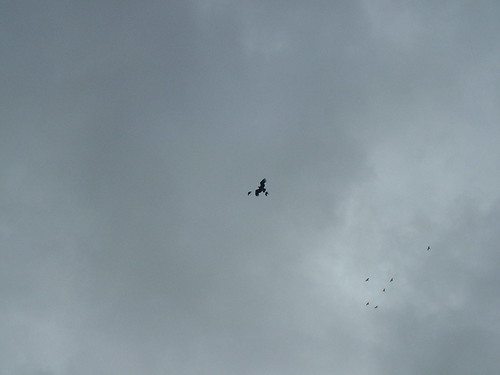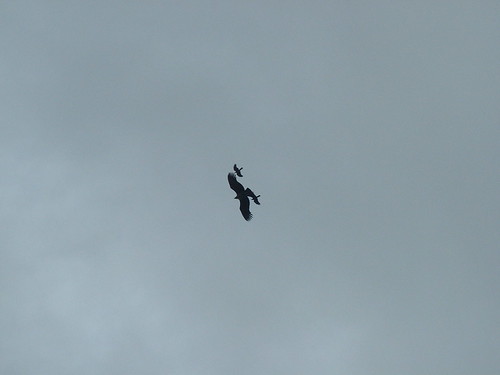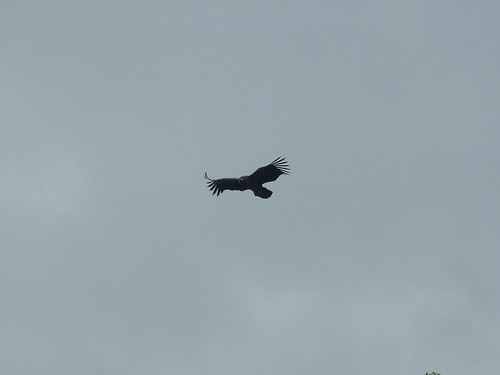Just a quick update: we are in Brisbane and everyone is safe. We left Sydney 4 days ago. There was a nationally reported boat accident that had occured there early on the morning of May 1: http://news.ninemsn.com.au/article.aspx?id=455497 (It is now nearly noon on May 1 in Australia).
We use larger and safer boats than what was involved in the accident -- and we were 500 miles from there.
For more details of our trip, I suggest that you also read Charlie Jacobson's Blog at http://chazjac.blogspot.com/ . He writes more and deeper commentary than I do. Make sure you click on the archived items on Charlie's Blog: 2008-04-27 and 2008-04-20 etc.
I plan to post many pictures form the Koala Sanctuary in the near future. I have many interesting pictures !
Best way to contact us is at:
dpowers@elmira.edu
Wednesday, April 30, 2008
Monday, April 28, 2008
Panaramic view of Canberra
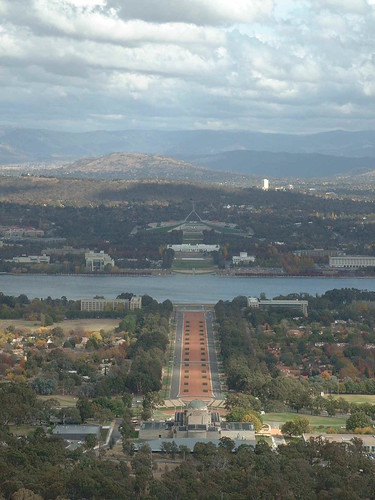
From the top of Mt Ansilie: In the foreground is a domed structure which is the Australian War Museum.
The reddish-brown vertical region in the center of the picture is the ANZAC Parade avenue.
The lake is named Burley Griffin Lake – named after the American who designed the city of Canberra.
Next large white building is the Old Parliament Building. Just beyond that is a structure which is harder to see. It has a triangular flag pole above it and is covered by grass. This is the new Parliament Building. The hill that it is on is called Capital Hill.
Canberra is located in the Australian Capital Territory which roughly corresponds to our District of Columbia.
Canberra is located in the Australian Capital Territory which roughly corresponds to our District of Columbia.
The Parliament Building with our students in front of it
It has 3 stories above ground and numerous floors below ground. (And they don’t call any one of them a Terrace level.)
The Senate
Its representation is equally distributed to the States:
12 members per state + 2 members each from the Australian Capital Territory and the Northern Territory.
Some of the wars in which Australia participated

Along the sides of the war memorial are arches with names of the various wars Australia has participated. Australia and the US have been allies in more wars than any other country.
(Great Britain might tie Australia in the number of wars they were our allies, but then again, we fought 2 wars against the British – 0 against the Australians.)
This shows some of the recent Australia causalities
One of the Ministers of the Labor Government (eq. to our cabinet secretaries) said that Australia should expect more causalities because the conflict will intensify as the weather warms in Afghanistan. . (Australia is not a wimpy ally.)
Picture taken from the War Memorial back towards Capital Hill and the Parliament building.
Every Person was Significant -- There were Thousands
The ANZAC parade in Sydney was impressive -- lasting over 4 hours on April 25.
ANZAC stands for Australian and New Zealand Army Corps -- and ANZAC day commerates the landing of Australian and New Zealand trips on the Gallipoli peninsula of Turkey, April 25, 1915 as part of the WW I.
For more information see:
http://www.awm.gov.au/commemoration/anzac/anzac_tradition.asp
http://www.anzac.govt.nz/significance/index.html
Remembering the Sailors under the command of US in the Pacific During WW II
A unit that served in Korea, Vietnam, IRAQ, and Afghanistan
They have served with us in every war since WW I. Important to have friends you can count on.
Friday, April 25, 2008
Ride on Subway
This is the start of what we did on April 24.
We took the subway system to Circular Quay. Circular Quay is the main Ferry Terminal.
We took the subway system to Circular Quay. Circular Quay is the main Ferry Terminal.
Opera House
The ferry ride is an efficient way to get to your destination, plus it gives you a great view of the Opera House.
This is a wallaby which is closely related to kangaroos.
This is a wallaby which is closely related to kangaroos.
Northern Quoll

Northern Quoll (Dasyurus hallucatus) is a nocturnal animal.
Quoting the information plaque: “This small carnivorous marsupial does not have a permanent pouch. Just before breeding the female will form a small flap os skin on her belly in which to raise her young.
"The males die after their first breeding season.
The Northern Quoll is the most successful of the four species of quoll – possibly due to their extreme pungent odour that deters predators.”
Free Flight Demonstration

One of the best parts of the zoo was the free fight demonstration. In this demonstration, birds are allowed to fly free.
They obviously been trained to come back for food, but for a period of time they can fly around. They would often fly closely over the heads of the audience.
Notice the great view of the Opera House and the Sydney River Bridge.
Subscribe to:
Posts (Atom)


